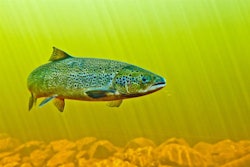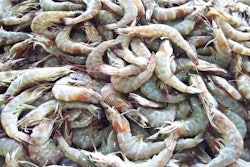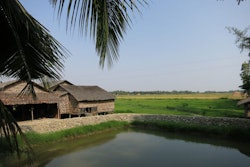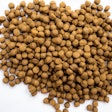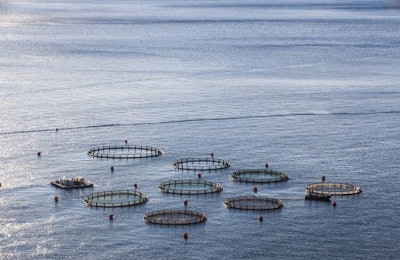
The U.S. National Oceanic and Atmospheric Administration (NOAA) has announced 32 research grants totaling $9.3 million for projects across the U.S. to further develop the nation’s marine and coastal aquaculture industry.
“This country, with its abundant coastline, should not have to import billions of pounds of seafood each year,” said Secretary of Commerce Wilbur Ross. “These grants will promote aquaculture projects that will help us reduce our trade deficit in this key industry.”
According to the annual Fisheries of the United States report, in 2016, the U.S. imported 5.8 billion pounds of seafood (up 1 percent compared to 2015) worth $19.5 billion (up 3.5 percent). However, a significant portion of this imported seafood is caught by American fishermen, exported overseas for processing, and then reimported to the United States. Shrimp and salmon are two of the top three imported species and much of that is farm-raised. The U.S. ranks 16th in total aquaculture production around the world — far behind China, Indonesia and India. In 2015, 1.4 billion pounds of aquaculture production was reported in the U.S.
“With the United States importing billions of pounds of seafood annually, and with so much of that seafood foreign farm-raised, the numbers in this report underscore the untapped potential of aquaculture here at home,” Ross said. “Expanding our nation’s aquaculture capacity presents an opportunity to reduce America’s reliance on imports while creating thousands of new jobs.”
Public-private partnerships
The grants were awarded through two competitions to help spur the development and growth of shellfish, finfish, and seaweed aquaculture businesses. The projects include basic and applied research to improve efficient production of seafood, permitting of new businesses, management of environmental health issues, and economic success of aquaculture businesses.
“Public-private partnerships play a vital role in advancing sustainable domestic aquaculture and increasing food security,” said Jonathan Pennock, director of NOAA Sea Grant. “Industry is working alongside researchers on each of these projects, which will help expand businesses, create new jobs and provide economic benefits to coastal communities.”
All projects include public-private partnerships and will be led by university-based NOAA Sea Grant programs. With each project, every two dollars of federal funding is matched by one dollar of non-federal funds, bringing the total investment in these research projects to more than $13.9 million.
NOAA received 126 proposals requesting nearly $58 million in federal funds.
More report findings
The Fisheries of the United States report also said that, in 2016, U.S. commercial fishermen landed 9.6 billion pounds of seafood (down 1.5 percent from 2015) valued at $5.3 billion (up 2.1 percent from 2015). The highest value commercial species were lobster ($723 million), crabs ($704 million), scallops ($488 million), shrimp ($483 million), salmon ($420 million), and Alaska walleye pollock ($417 million). By volume, the nation’s largest commercial fishery remains Alaska walleye pollock, which showed near record landings of 3.4 billion pounds (up 3 percent from 2015), representing 35 percent of total U.S. commercial and recreational seafood landings.
The report also shows that the average American ate 14.9 pounds of fish and shellfish in 2016, a decrease from 15.5 pounds the year before. U.S. dietary guidelines recommend 8-12 ounces of a variety of seafood species per week, or 26 to 39 pounds per person per year.
For the 20th consecutive year, the Alaskan port of Dutch Harbor led the nation in 2016 with the highest amount of seafood landed—770 million pounds, valued at $198 million. Walleye pollock accounted for 89 percent of that volume. Likewise, for the 17th year in a row, New Bedford, Massachusetts, claimed the highest value catch from one port—107 million pounds, valued at $327 million. Sea scallops accounted for 77 percent of that value.


